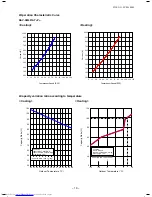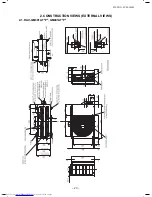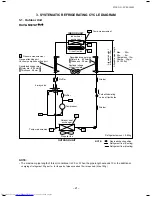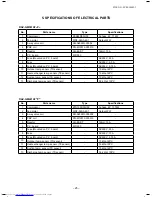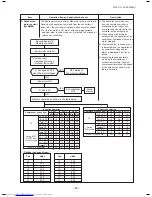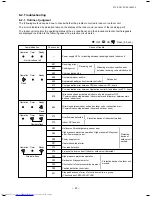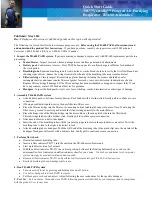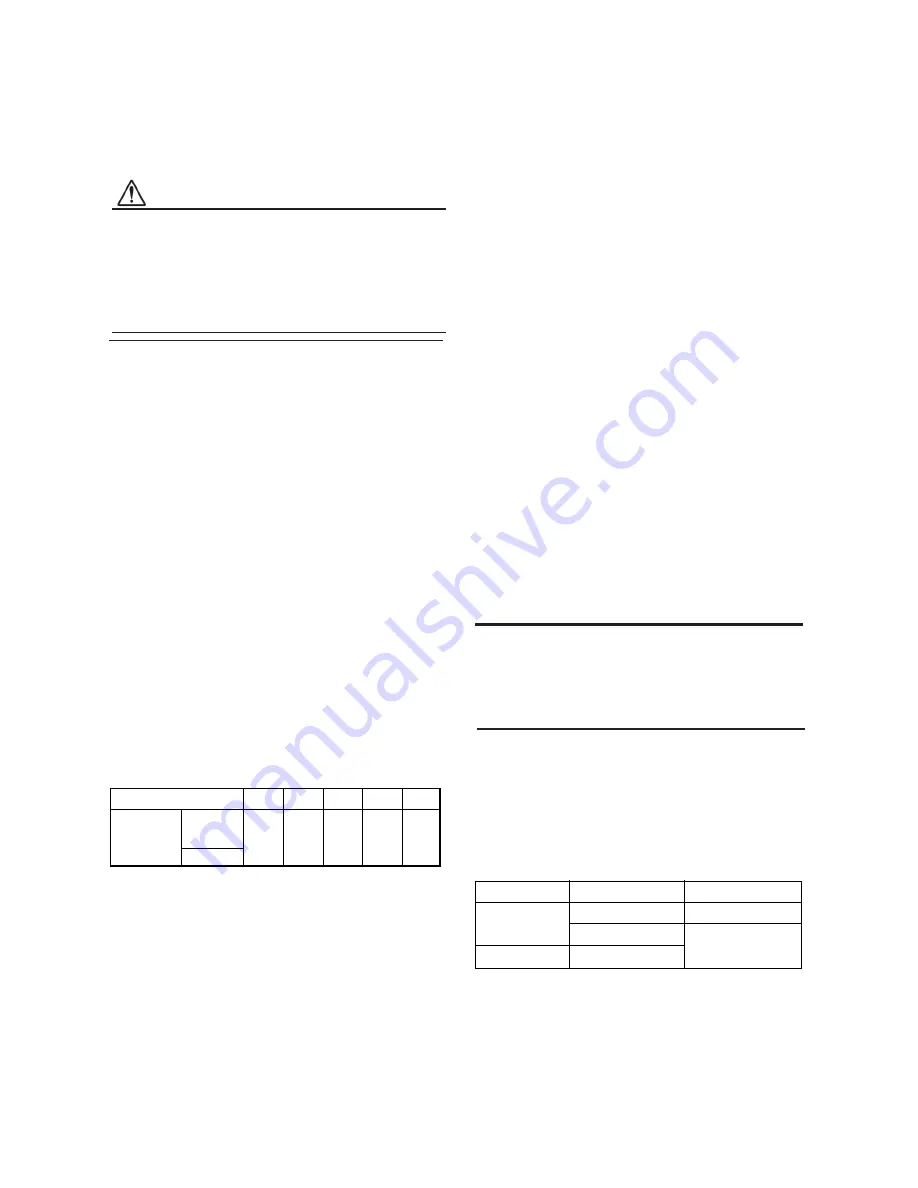
6-6-1 Basic conditions needed to reuse
existing pipes
Check and observe the presence of three
conditions in the refrigerant piping works.
1.
Dry
(There is no moisture inside of the pipes.)
2.
Clean
(There is no dust inside of the pipes.)
3.
Tight
(There are no refrigerant leaks.)
6-6-2 Restrictions for use of existing pipes
In the following cases, the existing pipes should not
be reused as they are. Clean the existing pipes or
exchange them with new pipes.
1.
2.
When a scratch or dent is heavy, be sure to use new
pipes for the refrigerant piping works.
When the existing pipe thickness is thinner than the
specified “Pipe diameter and thickness,” be sure to
use new pipes for the refrigerant piping works.
• The operating pressure of R32 is high. If there is a
scratch or dent on the pipe or a thinner pipe is
used, the pressure strength may be inadequate,
which may cause the pipe to break in the worst
case.
NOTE
The above descriptions are results have
been confirmed by our company and
represent our views on our air conditioners,
but do not guarantee the use of the existing
pipes of air conditioners that have adopted
R32 or R410A in other companies.
• In case the pipe diameter is Ø12.7 mm or less
and the thickness is less than 0.7 mm, be sure to
use new pipes for the refrigerant piping works.
3.
When the outdoor unit was left with the pipes
disconnected, or the gas leaked from the pipes and
the pipes were not repaired and refilled.
• There is the possibility of rain water or air,
including moisture, entering the pipe.
4.
When refrigerant cannot be recovered using a
refrigerant recovery unit.
• There is the possibility that a large quantity of
dirty oil or moisture remains inside the pipes.
6-6-3 Curing of pipes
When removing and opening the indoor or
outdoor unit for a long time, cure the pipes as
follows
6-6. Instructions for Re-use Piping of R22 or R407C
Instruction of Works:
The existing R22 and R407C piping can
be reused for our super digital inverter
R32 products installations.
WARNING
Confirming the existence of scratches or dents on
the existing pipes and confirming the reliability of
the pipe strength are conventionally referred to the
local site.
If the specified conditions can be cleared, it is
possible to update existing R22 and R407C pipes
to those for R32 models.
5.
When a commercially available dryer is attached to
the existing pipes.
There is the possibility that copper green rust has
been generated.
6.
When the existing air conditioner is removed after
refrigerant has been recovered.
Check if the oil is judged to be clearly different from
normal oil.
•
The refrigerator oil is copper rust green in color:
There is the possibility that moisture has mixed
with the oil and rust has been generated inside
the pipe.
•
There is discolored oil, a large quantity of
residue, or a bad smell.
A large quantity of shiny metal dust or other wear
7.
When the air conditioner has a history of the
compressor failing and being replaced.
•
When discolored oil, a large quantity of residue,
of foreign matter is observed,
trouble will occur.
8.
When temporary installation and removal of the air
conditioner are repeated such as when leased, etc.
9.
If the type of refrigerator oil of the existing air
conditioner is other than the following oil (Mineral oil),
Suniso, Freol-S, MS (Synthetic oil), alkyl benzene
(HAB, Barrel-freeze), ester series, PVE only of ether
series.
The winding-insulation of the compressor may
deteriorate.
• Otherwise rust may be generated when moisture or
foreign matter due to condensation enters the pipes.
• The rust cannot be removed by cleaning, and new
pipes are necessary.
∗
Pipe diameter and thickness (mm)
Pipe outer diameter
R410A
/
R32
Thickness
R22
Ø6.4 Ø9.5 Ø12.7 Ø15.9 Ø19.0
0.8
0.8
0.8
1.0
1.0
Place position
Outdoors
Indoors
Term
1 month or more
Less than 1 month
Every time
Curing manner
Pinching
Pinching or taping
FILE NO. SVM-18042
-1
–
3
3
–

